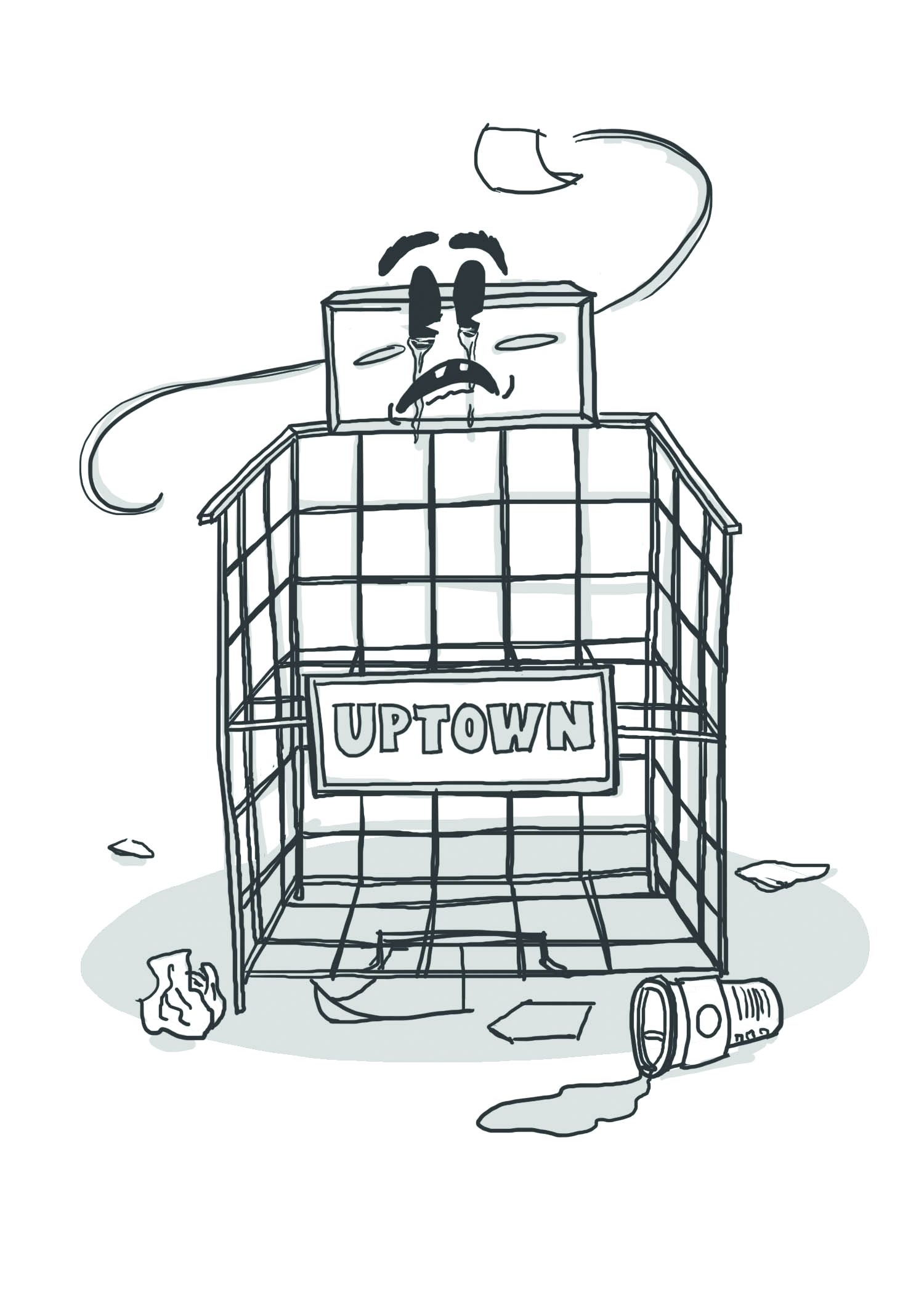During my holiday break I had the misfortune of stumbling across an episode of a show called The Real Housewives of Miami. It was out of boredom and curiosity that I managed to make it through an entire episode, and what I saw I found disturbing. The episode consisted entirely of the women discussing amongst themselves how best to tell one of their fellow housewife friends that her husband was cheating on her. Drama ensued, snide comments were made, and, alas, so-and-so was told that her husband is cheating on her while the rest of the housewives (and anyone watching the show) eagerly awaited her reaction.
After watching the show I was left with the image of the stereotypical two-faced, drama-loving ditzy woman who needs enlarged breasts with proven results through plastic surgery to fill her self-worth, and this made me wonder if women have really come as far as we think we have in eliminating embarrassing and insulting stereotypes of ourselves.
I pick on The Real Housewives only because that is what I happened to watch, but it is not the only culprit. Countless other television shows, magazines, and advertisements portray a negative false image of women, content of which women are the main consumers.
Being that many of these shows are labeled as “reality” television goes to prove that what is being shown to the audience is being disguised as real and is therefore implying that “real women” look and behave like that.
Non-reality television shows are to blame as well. Shows that feature thin, attractive women in stereotypical gendered roles also influence the ways women act in real life. The predominate message is that women should fit the model that is shown on television and any that do not are labeled as unattractive, abnormal, masculine, or unfeminine. And, of course, there are a whole slew of products for women to buy to help them fit “the norm;” name brand clothes, weight loss products, age-concealing makeup, and the list goes on.
But what I find most upsetting is that it is the very people that are being stereotyped that are buying into the stereotype; that is, women. It is women who watch the shows on what “real” women are like, and buy all the products that go along with it.
I do not want this to be misunderstood as me blaming the victim. There are, of course, many other factors at play here, like marketing techniques designed to alter the audience’s self-image and to influence the way they internalize how they “should” look by what they are shown on television, often to an already young and impressionable audience.
However, I do think that some responsibility must be taken on the other end as well. Women are the main consumers of their worst stereotypes and this, in a way, perpetuates the stereotypes. If there were no demand for these shows, products, and magazines, they would cease to exist. It would also be helpful if there was demand instead for shows that held women in a more positive light and if there was more focus on products that are beneficial to women in ways that don’t try to alter their physical appearance by degrading how they look now.
I understand that the corporate machine is very well-adapted in its ability to produce strong external pressures for women—and men, as well—to look and act a certain way, as unrealistic as these expectations may be. But I think the first step in correcting these stereotypical images of women is for women to recognize and critically examine the negative impacts these influences have for both themselves and their gender overall.
Once these negative influences are recognized, the next step is to avoid supporting these outlets of harmful female stereotypes. If we stop supporting shows like The Real Housewives and all other artificial productions of “real women,” then we take a stance against the underlying notions and stereotypes of women and we reject the pressure and influence these things have on us.





